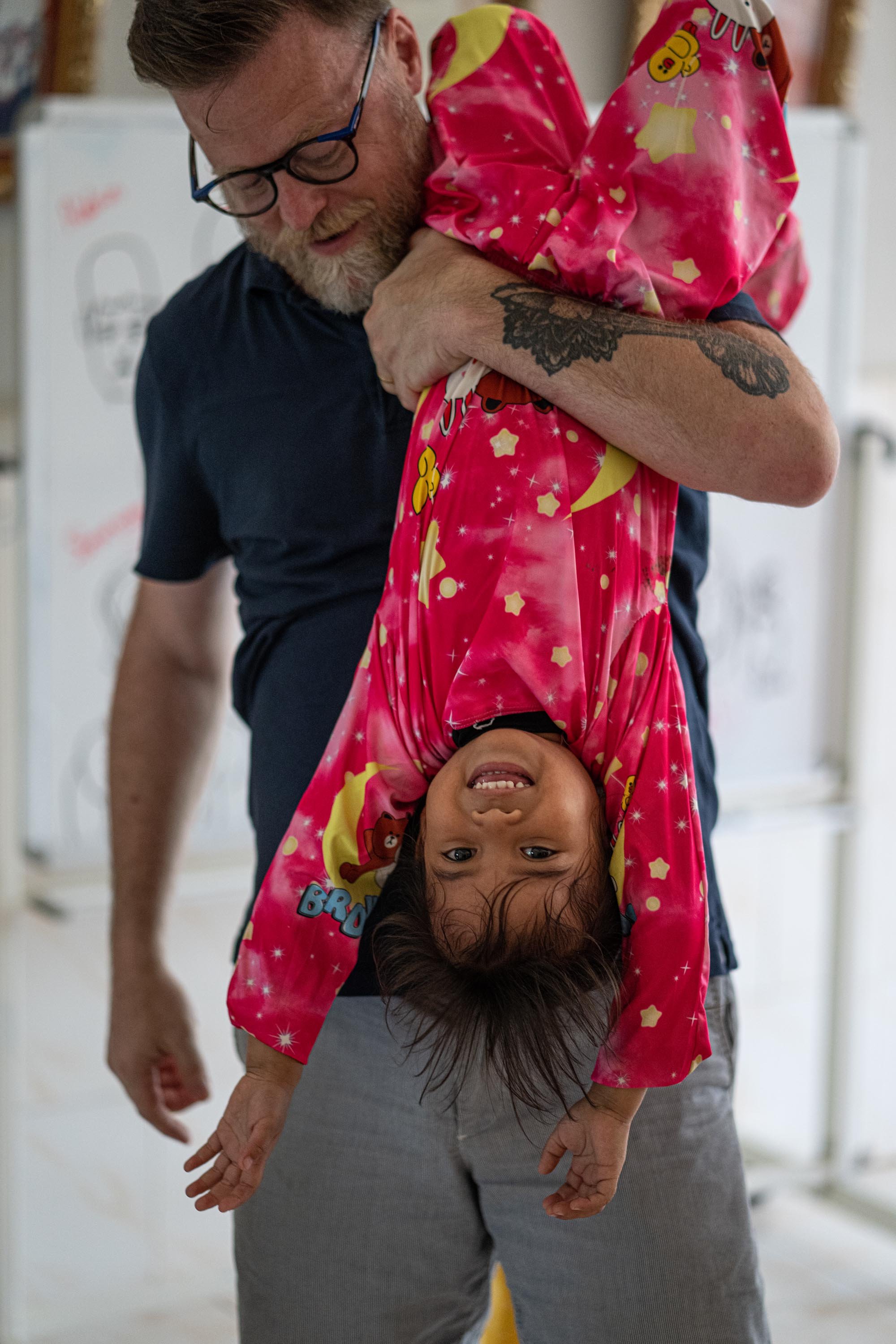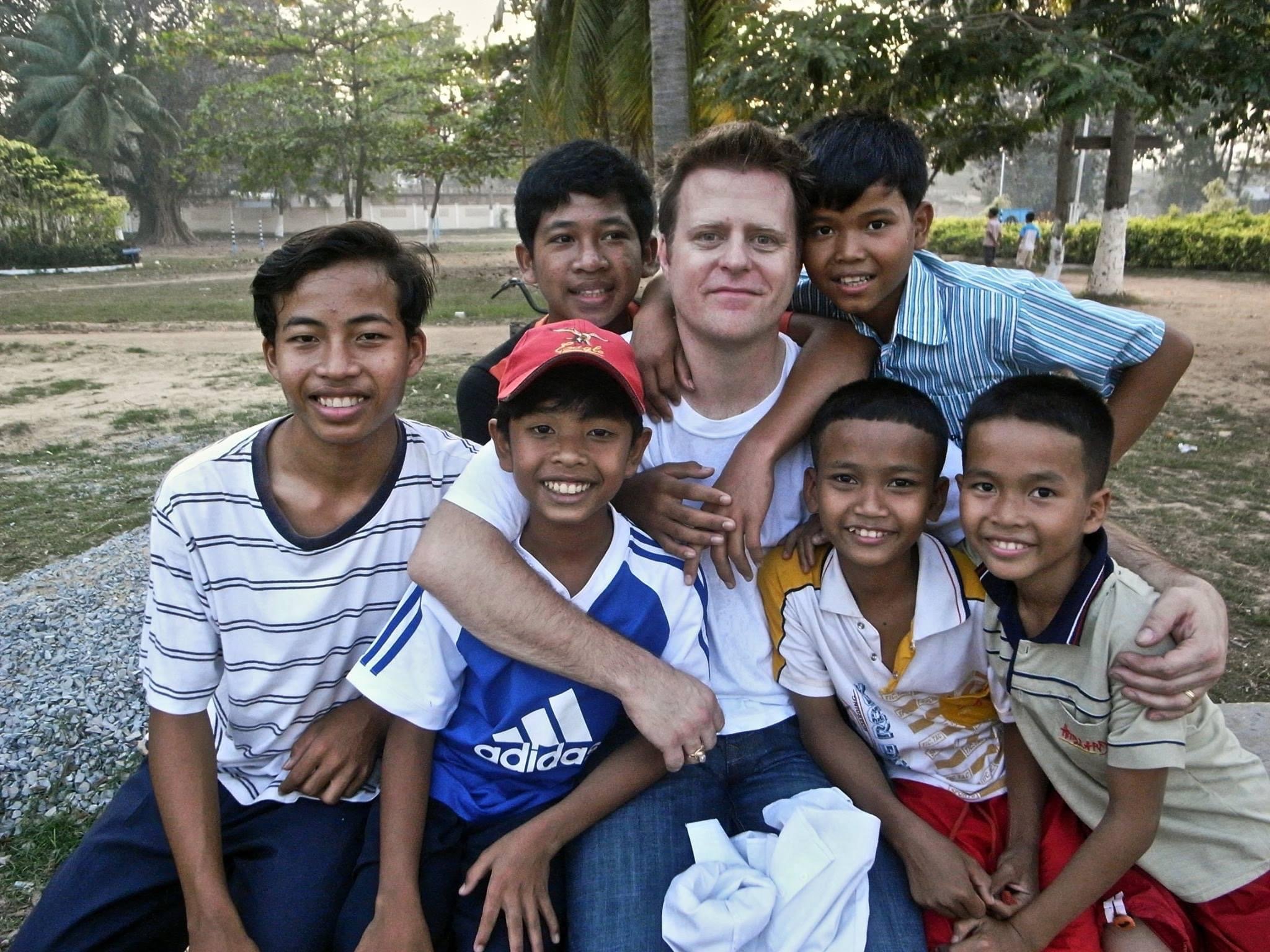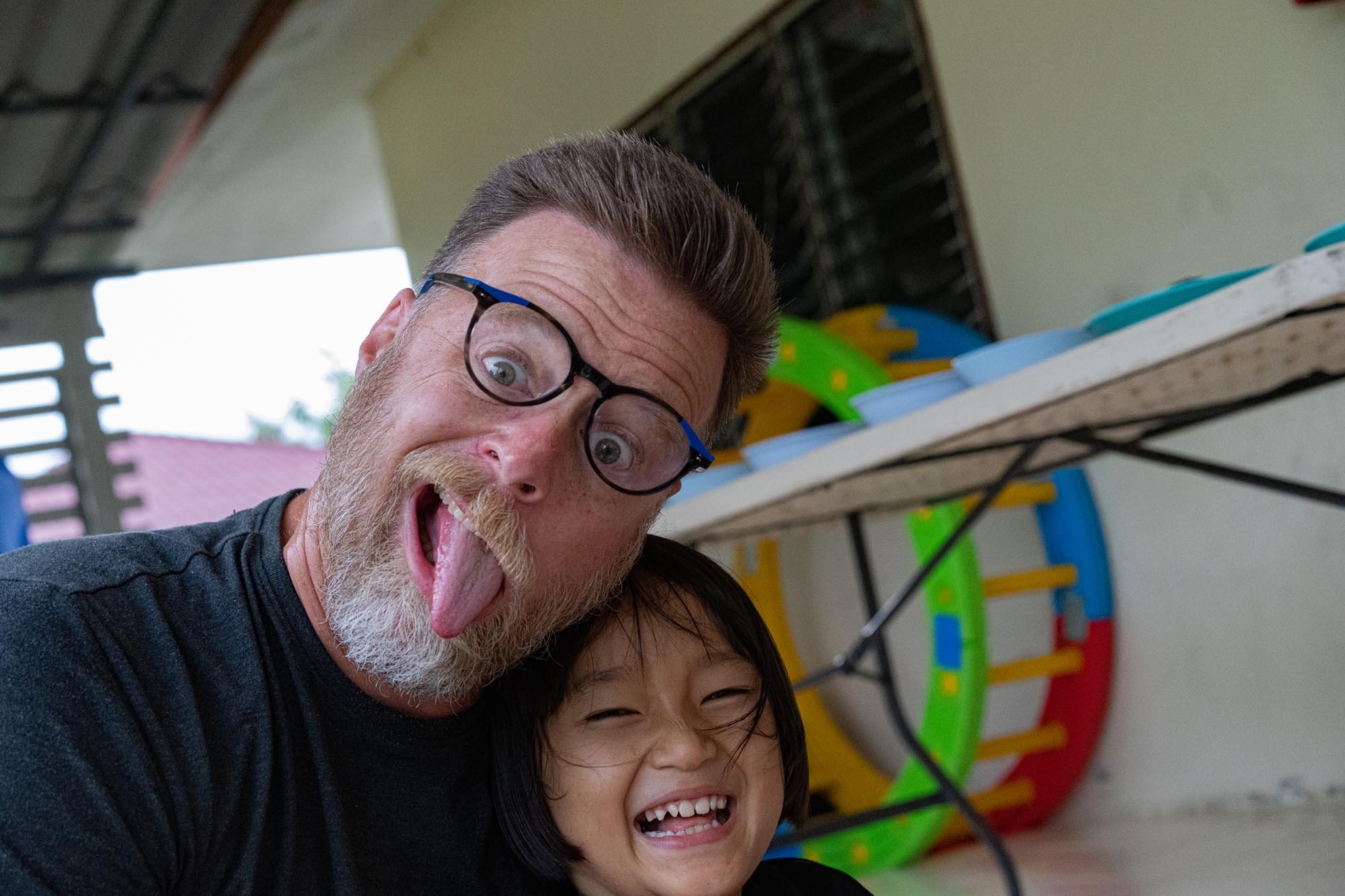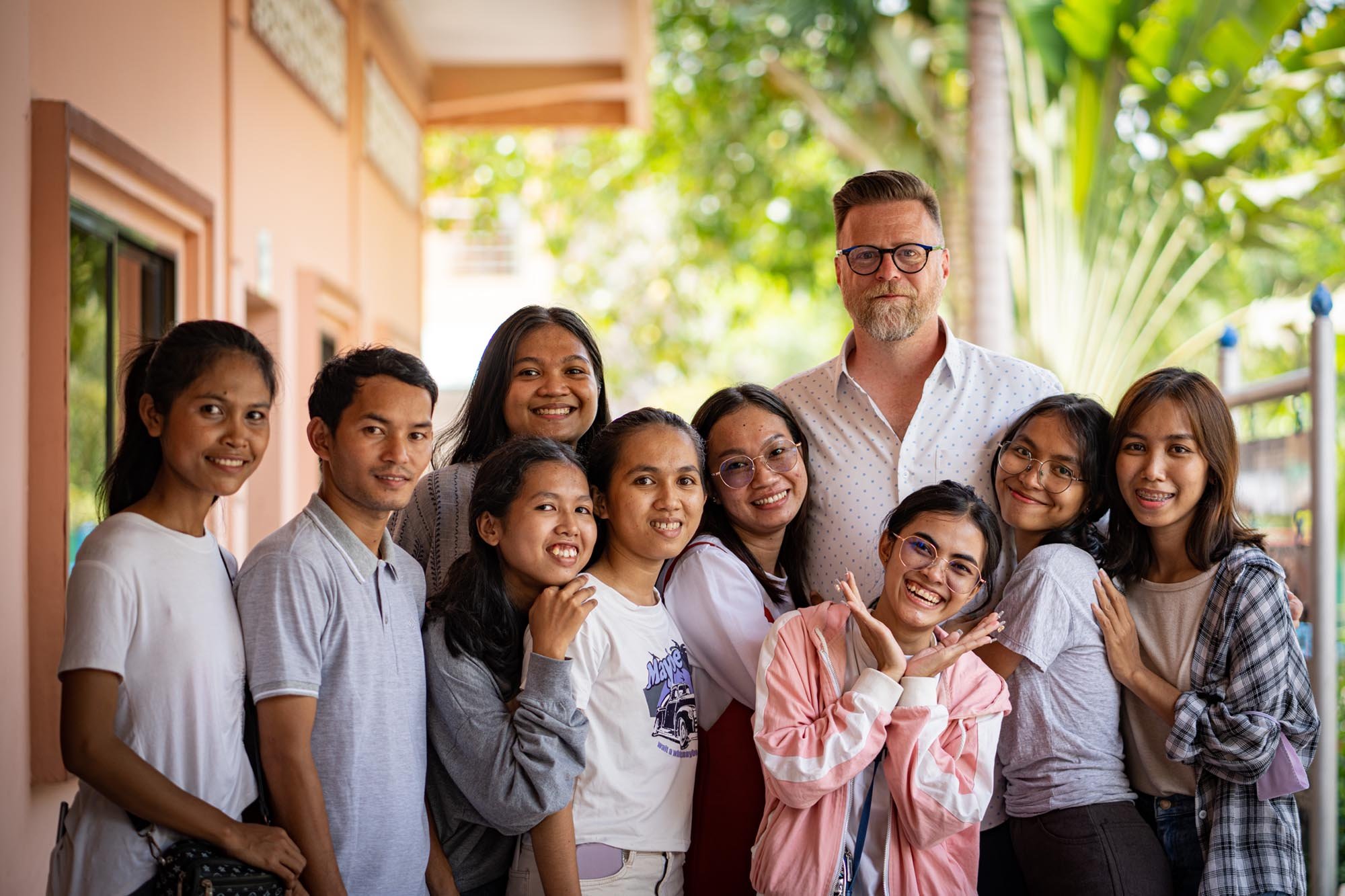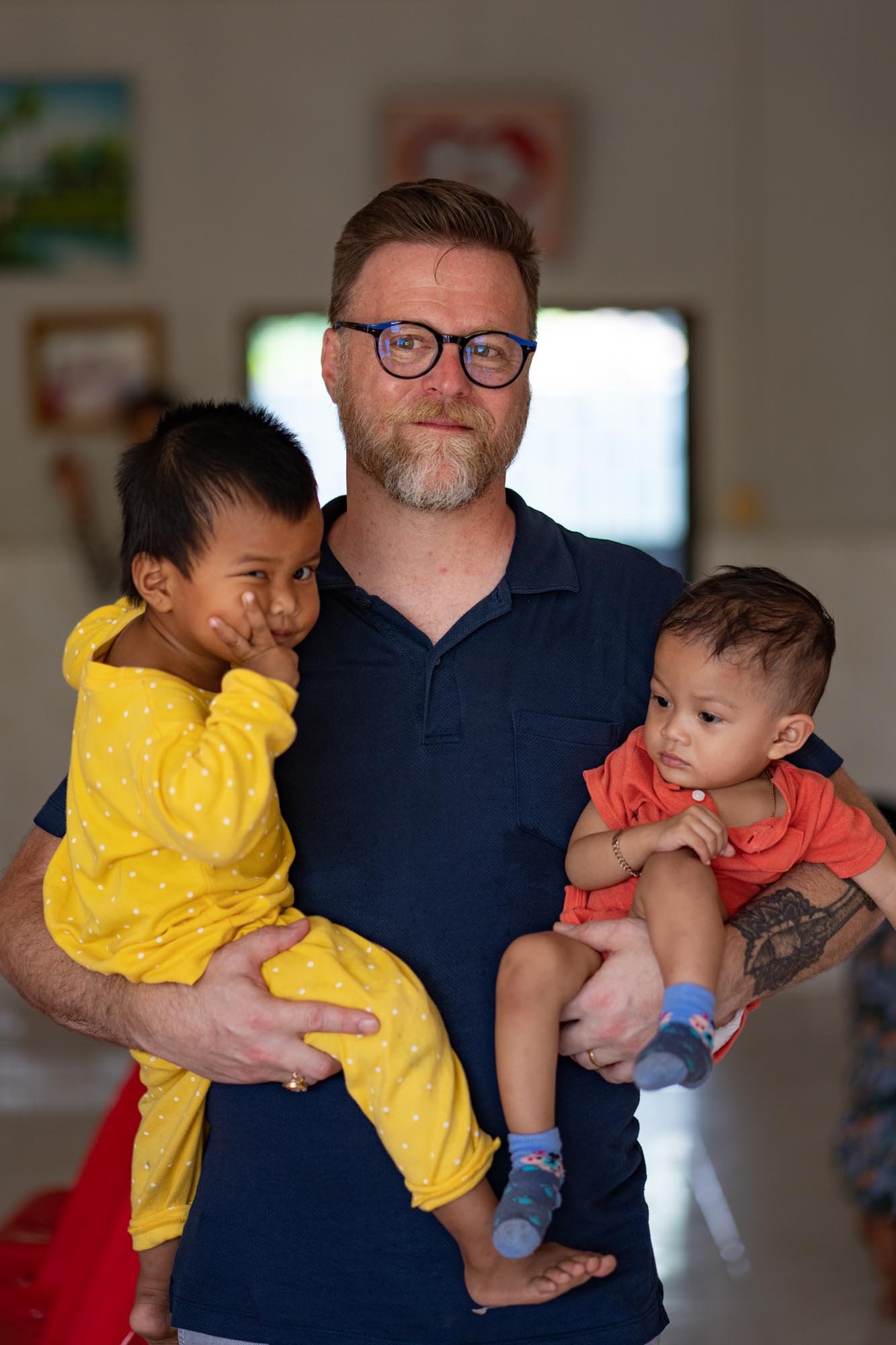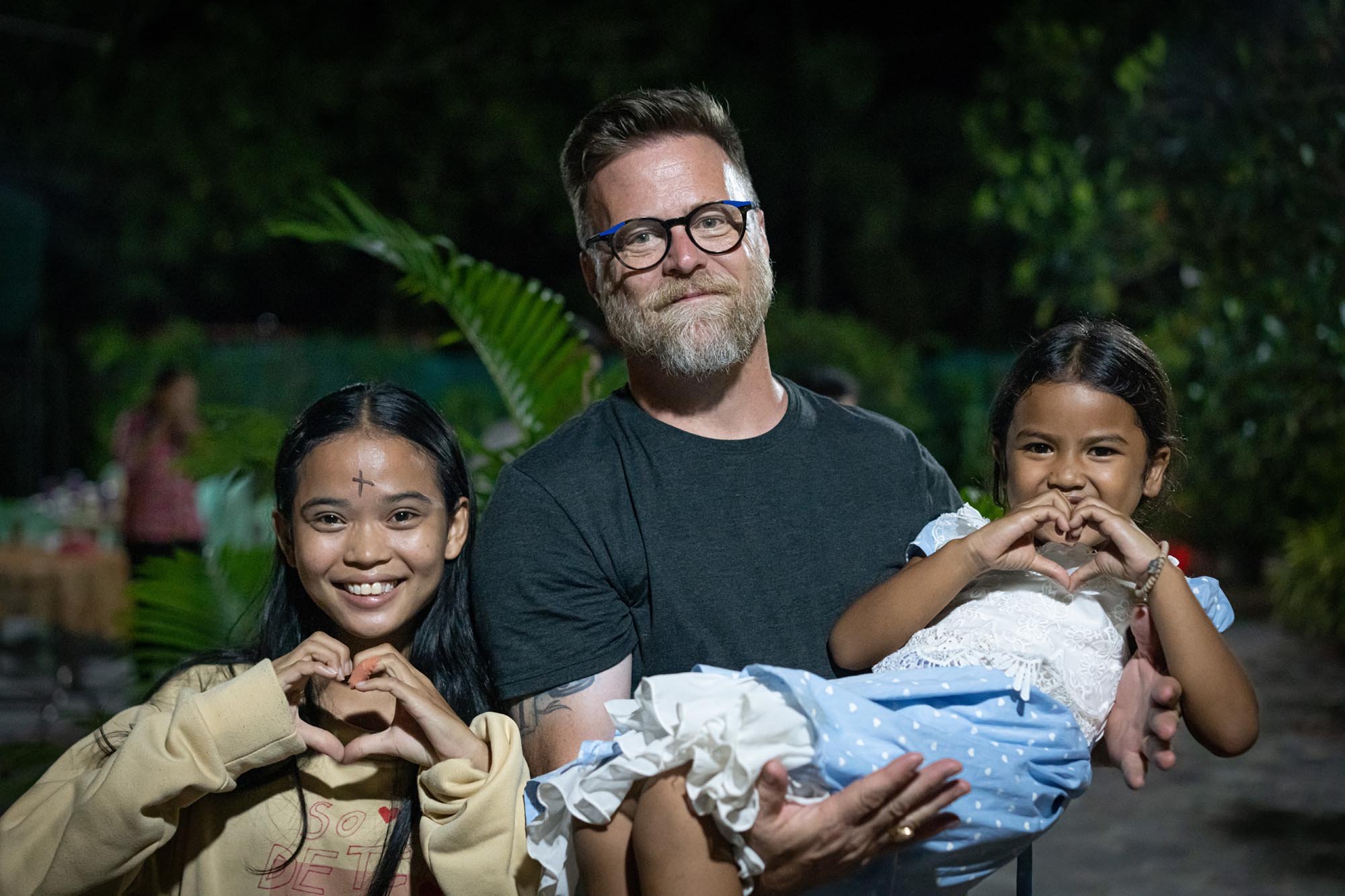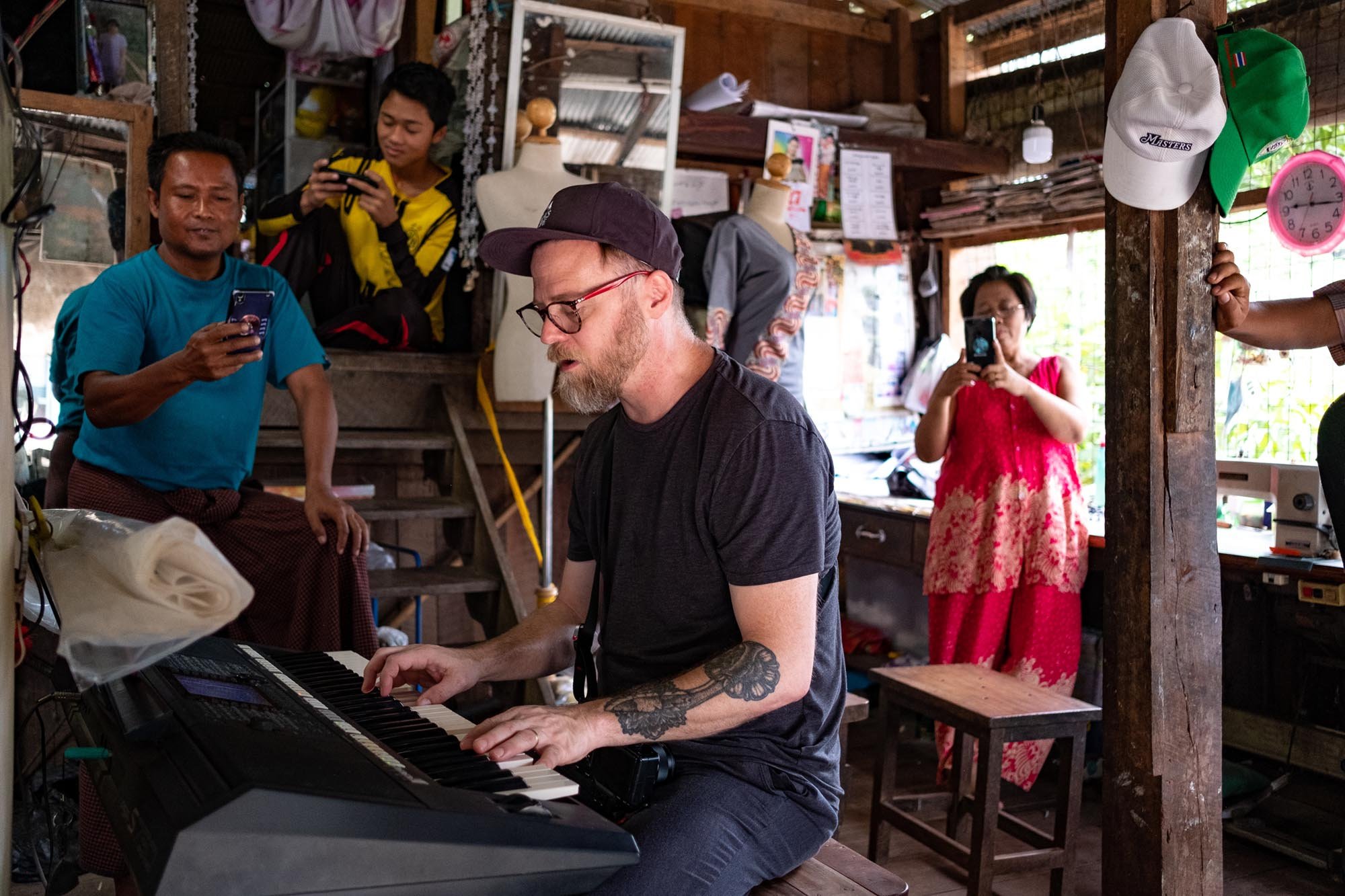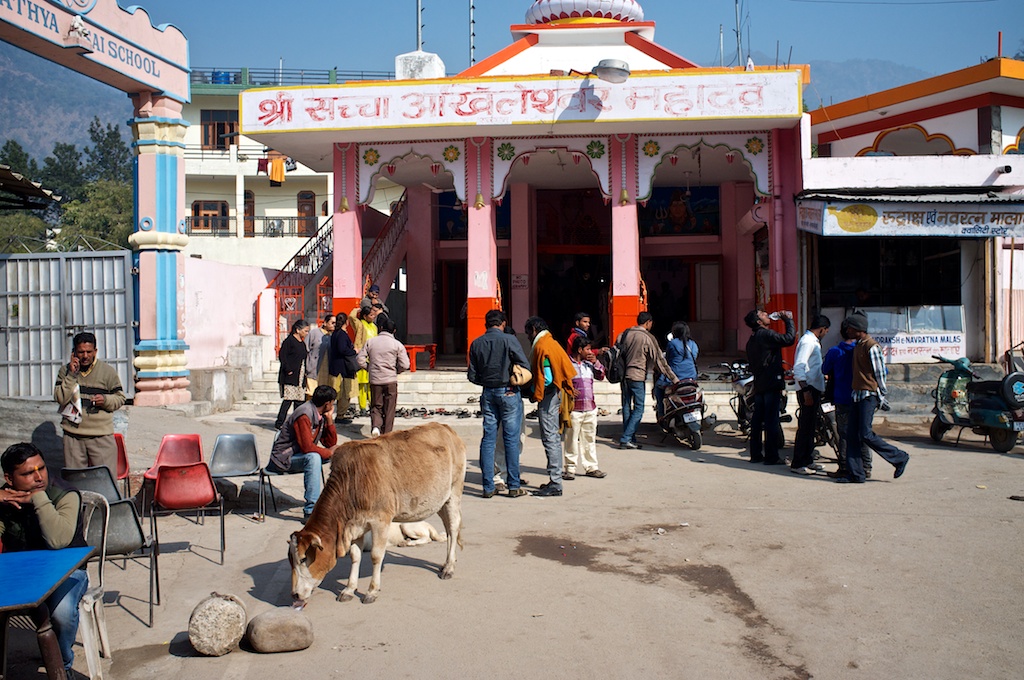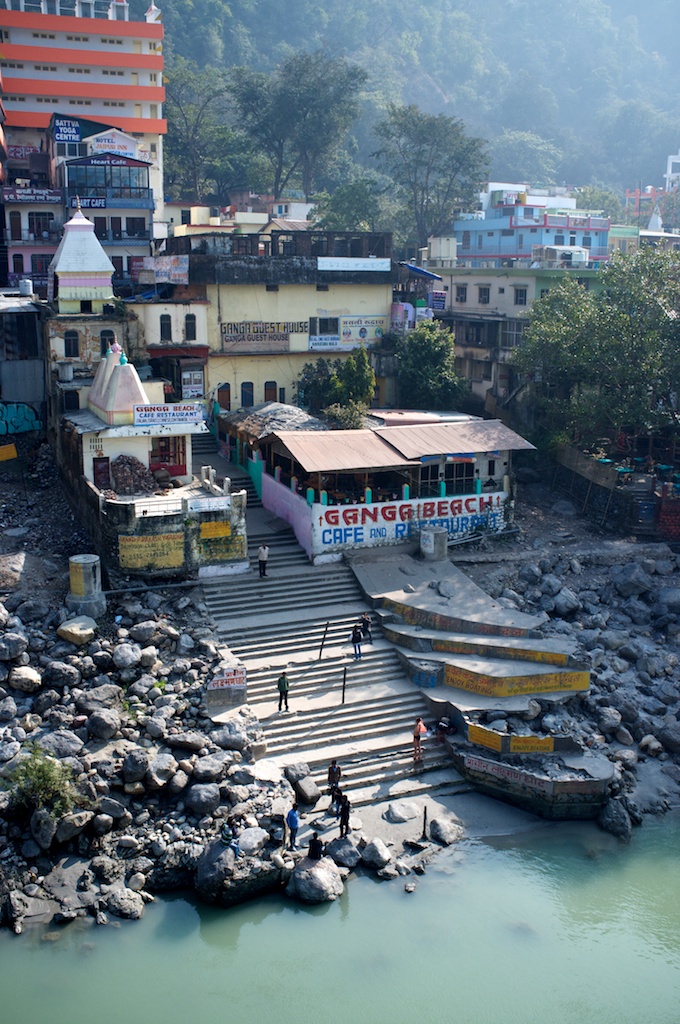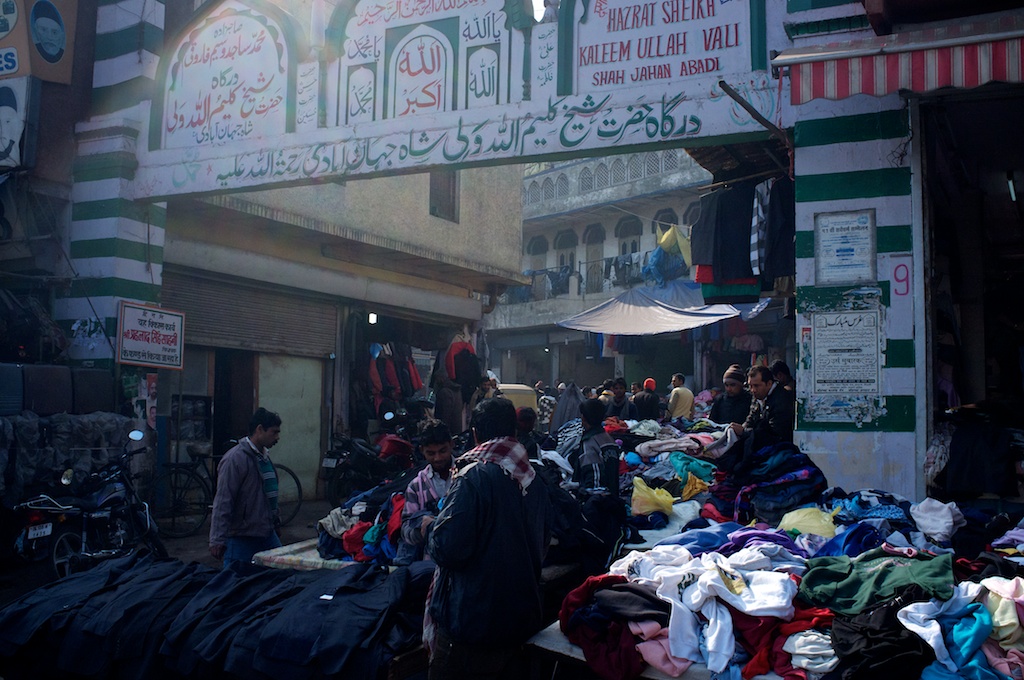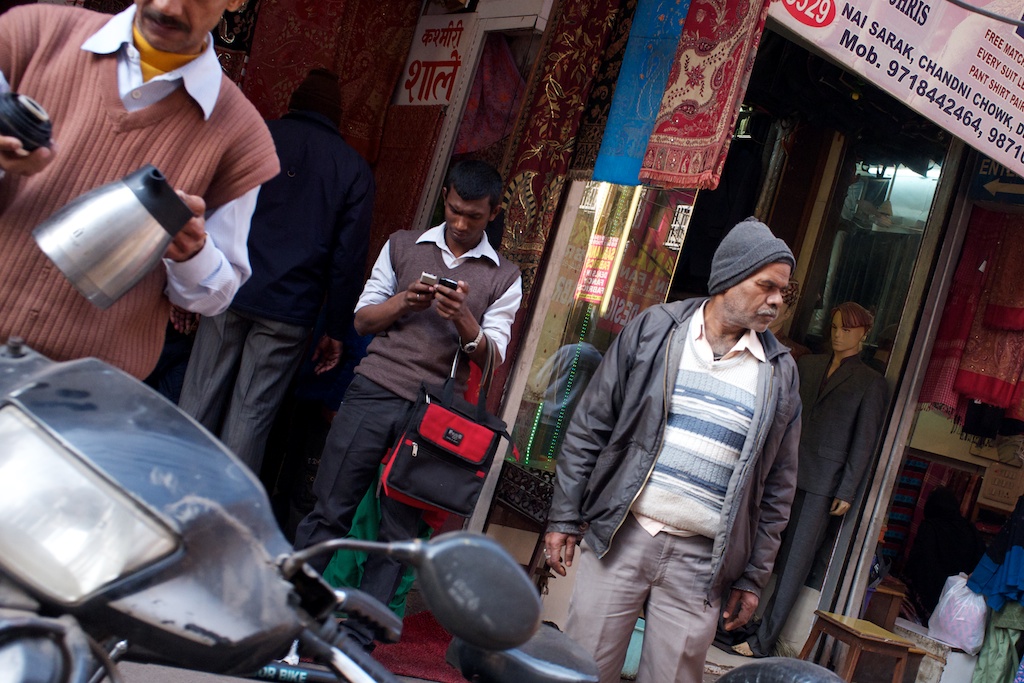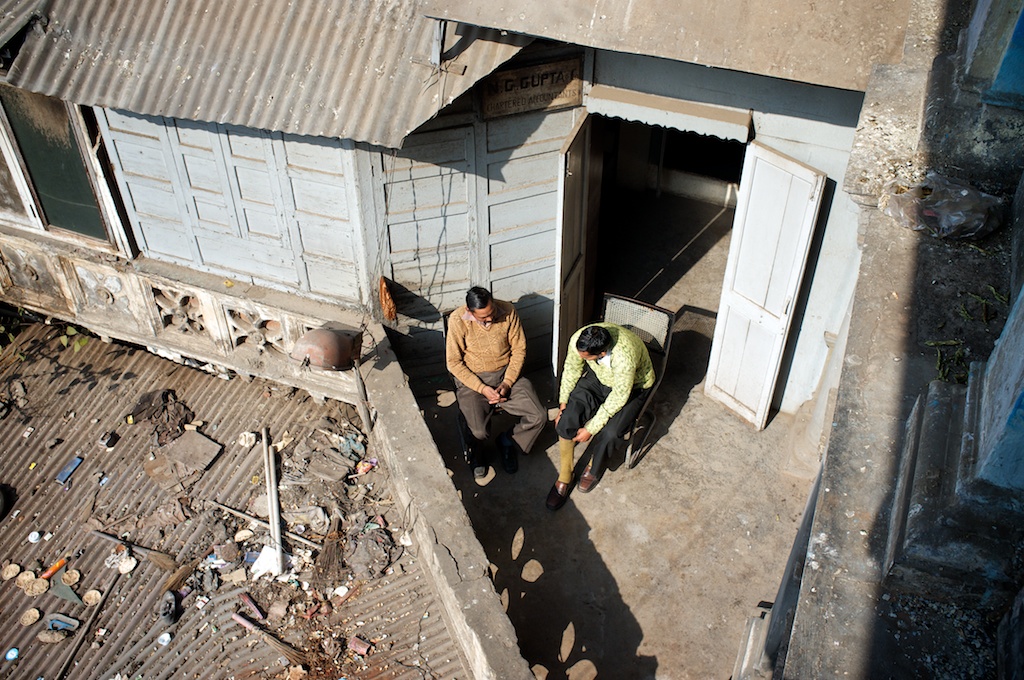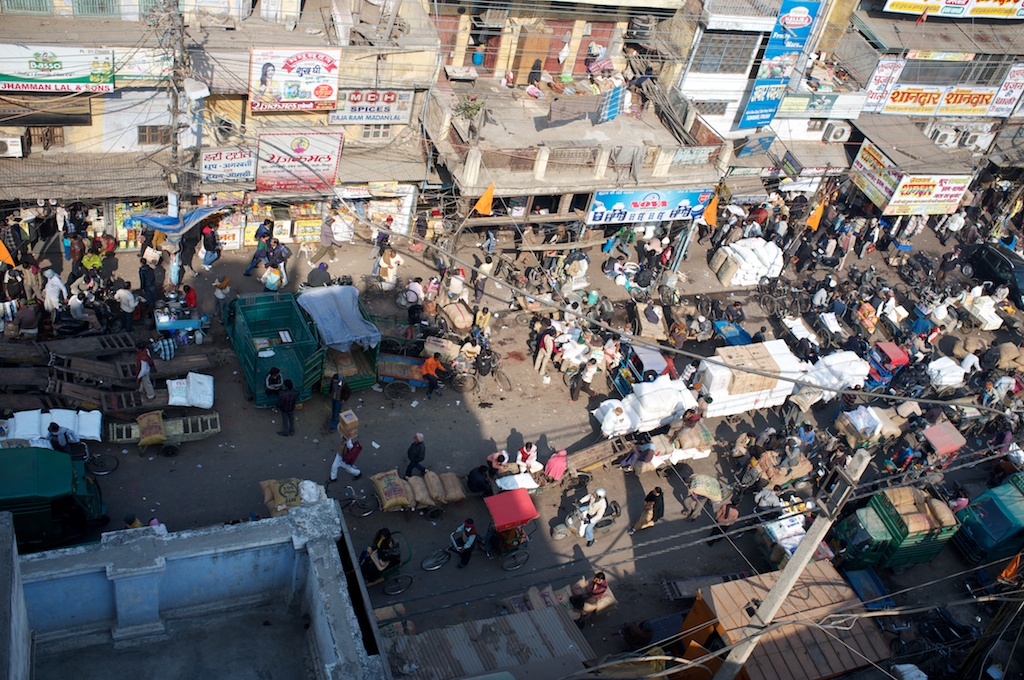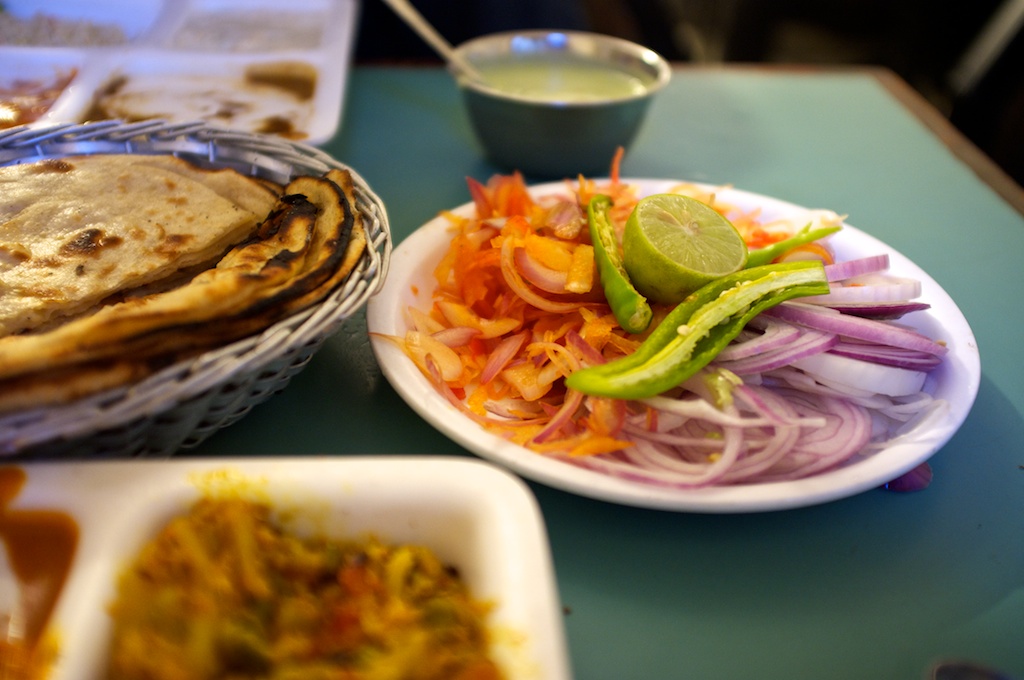[due to slow internet upload speeds, the photos associated with this article will have to wait for another day. sigh.]
We have returned to the Silver Oaks Hotel, some of Kalimpong’s finest lodgings, and we still have no wifi. We are indeed pampered westerners, and we stress out about the silliest things. Like internet access. We’re gutting it out though, and if you’re reading this, it’s probably because we have gone to the Asia’s Hope India office to use the internet there.
We spent only one night away from Kalimpong, but it seems like, I don’t know. A week? We left early yesterday morning and headed out towards Darjeeling, winding our way down the mountain toward the emerald green Teesta River, which snakes through the foothills of the Himalayas, carrying water from the melting snowcaps at the top of the world to untold millions of Indian villagers living along and uphill from its banks.
We spent half a day with the 50-some Nepali-speaking students studying at the Victory Prayer Church and Social Welfare Society. Many of these students traveled for days from all over North India, Bhutan, Nepal and Bangladesh by train, car, foot and even horseback to participate in a 40-day seminar in basic theology and missiology. The lessons learned during this intensive course will travel with the graduates into remote areas, some of which are extraordinarily hostile to the Christian faith. Some of these students will face imprisonment, torture and even death as they return to places like rural Bhutan, where despite the PR campaign marketing the country as the “happiest nation on earth,” Christians are persecuted daily for gathering together to sing, pray and teach.
When Pastor Nandu asked me to speak to the students (first for three hours – I bargained it down to 45 minutes), I protested heartily, albeit in vain: I have two cars and a flat screen TV, and I basically send emails and take lunches for a living. What could I possibly have to teach these guys, future heroes of the faith? In the end, it didn’t matter. I muddled through a half-baked lecture on moral transparency in leadership, and reminded the students, “Never trust a leader who doesn’t walk with a limp.” Pastor Victor, the founder and head instructor assured us, “It is your presence here that matters. Our students feel so encouraged to know that they have brothers and sisters who care for them and pray for them.” I sure hope so, and I will keep those guys in my thoughts and prayers for a very long time.
After a very generous lunch that could probably be considered a banquet, we loaded back into our jeeps and headed up, up, up to Darjeeling. Round and round we went at impossibly steep angles through blind hairpin curves carved by unimaginable brute force into the sides of mountains, cutting through vast tea plantations and tiny villages. About when we began to despair of ever reaching our destination, we arrived in chilly Darjeeling, India’s legendary northernmost railhead, where generations of British bureaucrats escaped the brutal summer heat of India’s lowlands.
Darjeeling is crowded, noisy and is as shabby as a chimney sweep. It’s also unbelievably beautiful. As in much of the area in which we work, there is no “grid.” Buildings on adjacent streets stack vertically, with back doors overlooking neighbors’ roofs. Each restaurant seems to offer a more splendid view than its neighbor. Unfortunately, it’s been quite hazy throughout our entire trip. We can see only as far as the nearest three or four mountaintops, but not beyond to the real peaks. Last night, however, as we were drinking tea on a rooftop in downtown Darjeeling Greg exclaimed, “Are those the Himalayas?” We all turned to look to the north, and met an extraordinary sight. As the sun began to set, the snow-capped peaks of the world’s highest mountain range reflected pink and orange in the distance where only a few moments before, there was nothing but clouds and fog.
The pictures we took can’t begin to capture the majesty of the vista. To little avail, I adjusted the various dials on my camera and struggled to reflect in my viewfinder the rapturous scene that lay on the horizon. After a few clicks, I put the camera down and simply basked in the glory of the moment.
[Okay. Gut check here. I am embarrassed about the flowery and admittedly maudlin prose. But if I don’t gush over this, I can’t imagine what on earth would stir me to profusion.]
No sooner than it had appeared, the Himalayan panorama faded with the shifting light and the team was left to bask in the afterglow, sighing over our tea and wishing for just one more glimpse.
It rained last night for the first time in months, offering us this morning the briefest of views of the Himalayas on our walk into town. Once again our cameras struggled to capture even a shadow of the grandeur before the great jagged mountains faded to white. Despite the change in weather, we have not seen them since.
I’m so glad that Sam got a chance to see the peaks this morning before departing for Siliguri and then back home. The rest of us will stay for another week, spending as much time as possible with our kids before hitting Delhi en route to Columbus.
I’ve spent so much time talking about the mountains that I haven’t really been able to share about the amazing things God is doing here through our ministry. Maybe soon I’ll talk about kids, land and future plans. Right now I need to meet the team for dinner. I’m guessing something with curry…

